EV road trips in 2025 no longer feel like acts of blind faith. Not long ago, planning a cross-state journey in an electric car meant spreadsheets, backup plans, prayer, and maybe even a trailer. Ken Mueller experienced during his first real road trip in a Ford Mustang Mach-E. It wasn’t a coast-to-coast cannonball or an off-grid survivalist stunt. It was 500 measured miles, one hotel stay, and four smartly-timed charging stops. Just the simple realization that yes, this actually works.
“Whelp 500 miles with one overnight in a hotel for my first mach-E road trip. I learned that my real range away from home is 160 miles (what you get going from 20-80%). First charging stop was a bust. The Tesla chargers were all dead and the lot was being repaved. Best experience was Electrify America CCS chargers at a couple of Meijers.
Detours to hit chargers were minimal and android auto calculated all my routes and provided suggested charging stops. I didn't push it to the limit and it took me four 30ish minute charges to complete the trip. Blue cruise is decent. I'll see if I can expense the subscription. Never felt any anxiety. All in all not too bad to run an EV in 2025”

Mueller wasn’t boasting, just recounting what happened, and what happened is that Electrify America came through when Tesla didn’t. His first planned stop at a Tesla Supercharger was rendered useless by a construction crew repaving the lot, leaving the stations as nothing more than decorative bollards. But down the road, nestled next to Midwestern Meijers in Michigan City and Lansing, Electrify America’s CCS chargers stood ready. They worked. Quickly. Consistently. Without complaint.
Ford Mustang Mach-E Charging Comparison: DC Fast, Level 2 Home & Household Charging Times
- Fast DC charging on a Level 3 station can replenish the battery from 10 percent to 80 percent in about 38 minutes, enabling quick top-ups on long trips
- Using Ford’s hard-wired 240 V Connected Charge Station Pro, a standard-range RWD Mach-E goes from 0 to 100 percent in roughly 7 hours and 47 minutes
- Plugging the Mobile Charger into a 240 V / 32 A NEMA 14-50 outlet takes about 15 hours for a full charge, yielding around 20 miles of range per charging hour
- On a basic 120 V household outlet (Level 1), a full recharge can require up to 95 hours, making it best suited for very light daily use or emergency top-ups
And in the comments came a chorus of practical support. Igor Klyashchitskiy advised using ABRP (A Better Route Planner), PlugShare, and the Tesla app to keep alternative options close at hand.
“It makes it a completely stress free trip,” he added.
Noting that he’ll even dip the battery down to 10%. But Mueller didn’t have to push that far. His approach was conservative and steady: 20% to 80% state of charge, giving him a “real range” of about 160 miles per leg.
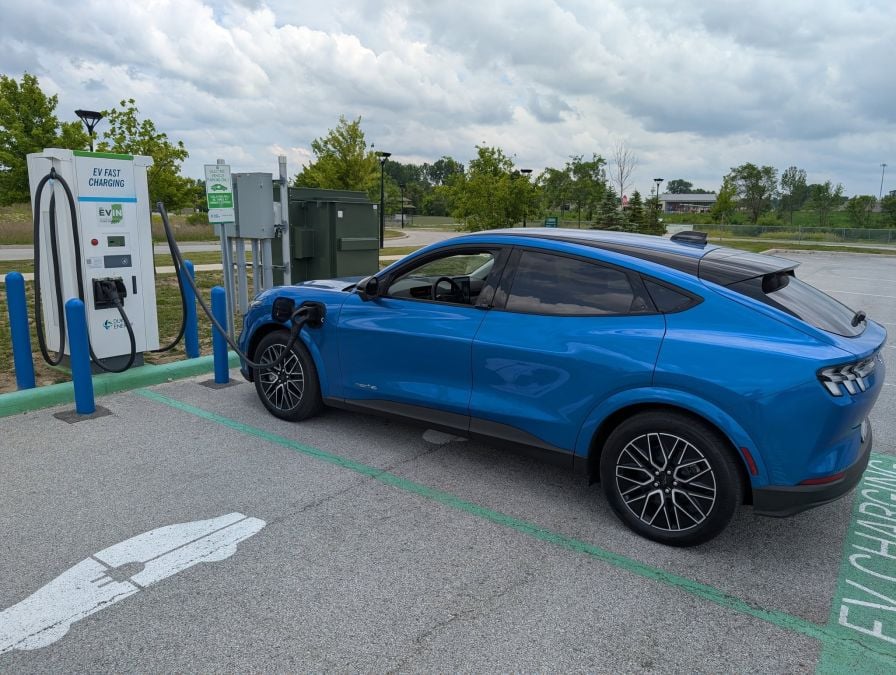
That range calculation matters. It’s the kind of thing an EV owner doesn’t fully grasp until they’re out on the road, no charger in sight, just numbers and gradients on a screen. Mueller, like many who’ve done their homework, knew that topping off past 80% at fast chargers usually isn’t worth the time.
Mach-E 500-Mile Road Trip: kWh, Charge Time & Cost Breakdown of Four Stops
His four stops, each about 30 minutes, delivered between 33 and 57 kWh per session. At the Michigan City Meijer Electrify America charger, he pulled in 55.8637 kWh in 33 minutes at $0.56 per kWh. Final bill: $33.11. No idle fees. No mystery charges. The kind of transparency and reliability EV infrastructure has long promised but only recently begun to deliver.
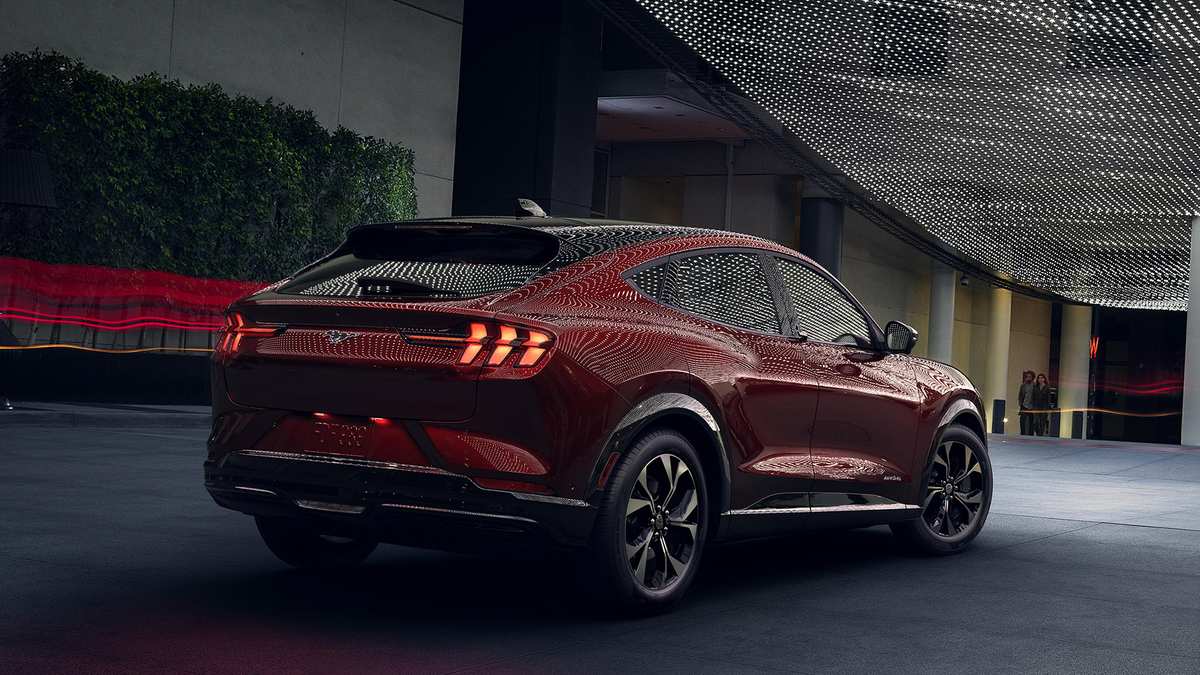
Ken started his journey with a full charge at home, thanks to a commercial-grade Ford wall unit. As Marty Moran noted in the comments, “Charge to 100 (not 80) percent at home... also set the vehicle to precondition the cabin...” These basics may seem minor, but they set the tone for the trip.
Home Charging & Battery Preconditioning Tips for Ford Mustang Mach-E Road Trips
With a properly preconditioned battery and climate control offloaded from the initial drive cycle, Mueller hit the road with full confidence, and more importantly, never dipped into worry. "Never felt any anxiety,” he wrote. A phrase that's worth repeating, because for years, that’s been the knock on EVs: range anxiety.
And while the car took care of the driving, Ford’s BlueCruise helped ease the burden. “Blue cruise is decent,” Mueller said, perhaps the most Midwestern compliment a driver-assistance system can get. He even joked about expensing the subscription. But its presence meant that even during the longest stretches, the drive itself wasn’t a chore. That matters more than the spec sheet. It means the Mach-E wasn’t just capable, it was comfortable.
Ford Mustang Mach-E Supercharger Access Guide: Native NACS Port, BlueOval Network & Adapter Insights
- Ford EVs built from 2024 onward feature a native North American Charging Standard (NACS) port, allowing direct access to Tesla’s Supercharger network without extra hardware
- Through the BlueOval Charge Network, Mustang Mach-E owners can also book and use Tesla Superchargers alongside other public DC fast chargers
- Non-Tesla Mach-E models use a free Tesla adapter (NACS to CCS) to plug into compatible V3 Superchargers; after June 2024, the adapter retails for about $230
- Early user tests noted that short Supercharger cords can force awkward parking maneuvers, and the Mach-E’s Charge Assist app may take extra time to locate NACS-equipped stalls
What stands out isn’t just the tech, it’s the normalcy. No rescue calls, no waiting two hours for a slow charger, no obscure QR codes or broken RFID readers. Mueller didn’t “test” his Mach-E. He used it. And it worked. And when his Tesla fallback station failed him, it wasn’t a dead end, it was an easy pivot to something better.
Mueller didn’t end his post with a declaration of loyalty to Ford, or Electrify America, or EVs as a whole. He just said, “All in all not too bad to run an EV in 2025.” It’s probably the most honest endorsement an EV can receive. Not too bad. Not too complicated. Not a gamble. Just a real car, running a real road trip, in a world that’s finally catching up.
Image Sources: Ford Media Center
Noah Washington is an automotive journalist based in Atlanta, Georgia. He enjoys covering the latest news in the automotive industry and conducting reviews on the latest cars. He has been in the automotive industry since 15 years old and has been featured in prominent automotive news sites. You can reach him on X and LinkedIn for tips and to follow his automotive coverage.








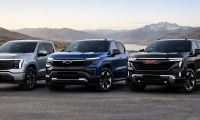
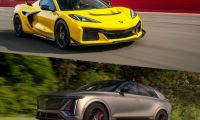
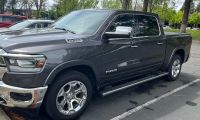
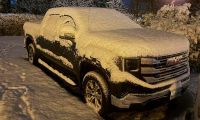
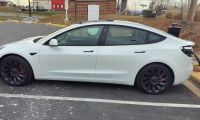
Comments
Well, this sounds kind of…
Permalink
Well, this sounds kind of like fake,, Reporting. I'm not sure why you needed four charges to go 500 miles. The most you should need is maybe three other electric cars do 500 miles with two charge charges.
Also, sounds like you don't have enough charging apps downloaded on your phone. The phone apps will tell you if the chargers are up and running and available and if anybody is using them. But ok.
Thanks for your feedback and…
Permalink
In reply to Well, this sounds kind of… by Christopher W (not verified)
Thanks for your feedback and for reading the article! My experience was indeed based on the specific conditions of that trip, including factors like speed, terrain, and the availability of certain chargers at the time. and it's great to hear how efficiently you manage your EV trips!
Just got back from a long…
Permalink
Just got back from a long trip myself. I never spent more than 10 minutes fueling back up. I'm glad to see no one else has things in life to do , but sit around waiting for a battery to charge. Kinda like watching paint dry . Or you could spend that time researching the fact that climate change is all just a hoax to exchange money and power from one source to another.
It's true that fueling up an…
Permalink
In reply to Just got back from a long… by Ronnie Houston (not verified)
It's true that fueling up an ICE vehicle is a very quick process, and that convenience is definitely a big factor for many drivers! Everyone has different priorities when it comes to travel, and it's great to have options that fit various lifestyles. Thanks for sharing your thoughts!
Any EV owners out there…
Permalink
Any EV owners out there getting the mileage range they are supposed to get? Common theme in a lot of EV stories are vehicles NOT going the distance. Imagine your fossil fueled vehicle saying you will get 30MPG and you get 20MPG!
That's a really common…
Permalink
In reply to Any EV owners out there… by Bob Way (not verified)
That's a really common observation, and you've hit on a key point about EV range! Just like with gasoline cars, real-world EV mileage can be influenced by so many factors like driving style, speed, terrain, and temperature. It's definitely something that drivers learn to account for. Thanks for bringing that up!
I drove my Dodge Durango RT…
Permalink
I drove my Dodge Durango RT with a Hemi from Houston to Uvalde,Tx (252 miles) on a little more than half a tank of gas. Didn’t have to stop at all for gas. So it I would have drove the 500 miles you drove I would have stopped for about 15 for gas and a restroom break.
That's a great example of…
Permalink
In reply to I drove my Dodge Durango RT… by Carlos Frias (not verified)
That's a great example of the convenience and range that ICE vehicles offer for long drives! It's true that quick refueling stops are a big advantage for many, and it really highlights how different vehicles cater to different travel styles. Thanks for sharing your experience!